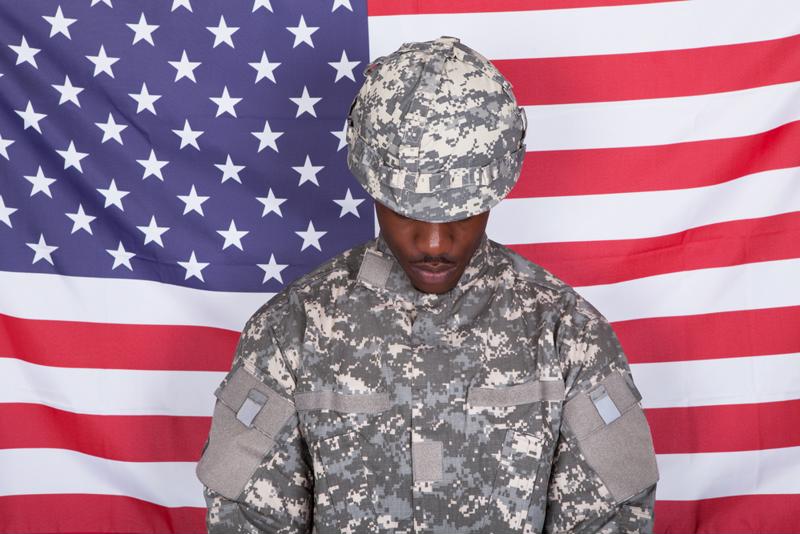Black History Month is a time to reflect on the many strides and accomplishments of African Americans. The Tuskegee Airmen are arguably the most famous group of black Americans to achieve success in the military. At a time when the U.S. was tainted by legal and institutional racism, the Tuskegee Airmen rose above their setbacks and left a legacy like few others.
America's first black military pilots
The Tuskegee Airmen formed the 332nd fighter group and the 477th bombardment group of the U.S. Army Air Corps, the precursor to the U.S. Air Force. They fought in World War II at a time when many people thought African Americans weren't patriotic, courageous, intelligent or skillful enough to serve in the military. Yet the Tuskegee airmen proved them wrong, and the group wasn't just made of pilots. Mechanics, nurses, cooks and other support members were also part of the Tuskegee group, and all were important to their numerous victories.
The history of the group starts in 1938. That year, President Franklin D. Roosevelt announced an expansion of the civil pilot training program. However, due to the strict and segregated nature of the military, the NAACP and various black newspapers began pressing to make sure African Americans would be included, according to The History Channel. In response, FDR announced the AAC would also train black pilots. All training would be conducted at the Tuskegee Army Air Field, which was under construction at the time of the announcement. This field was located in the heart of the Jim Crow south, where racism was particularly rampant. Yet African American graduates came from all over the country to participate in the training course.
The first class consisted of 13 students, five of which completed it.
Actions in World War II
Tuskegee pilots made up the 99th pursuit squadron, which was deployed to North Africa in April 1942. Unfortunately, they were forced to use second-hand P-40 planes, putting them at a disadvantage in combat. The group was then transferred to Italy, where they shot down 12 German fighters in two days.

In February 1944, the 99th joined the 100th, 301st and 302nd fighter squadrons to form the new 332nd fighter group. Their mission was to escort the heavy bombers of the 15th Air Force, and they painted the tails of their P-51 Mustangs red for identification purposes. This earned the group the nickname of the Red Tails, and they became the most famous group of the Tuskegee airmen.
The end of a war, the start of a legacy
The 332nd flew its last combat mission on April 26, 1945 – just two weeks before the German surrender. Their incredible accomplishments proved that black Americans had the skills, bravery and patriotism necessary to serve in the armed forces.
Yet despite their success, the airmen returned home to face the same racism and prejudice they had experienced before leaving. That being said, their actions were important for the eventual racial integration of the military in 1948.
These days, African Americans make up 17 percent of active-duty servicemembers, according to numbers from Pew Research. Overall, 40 percent of the military consists of racial or ethnic minorities. Clearly, the Department of Defense has come a long way since the days of the Tuskegee Airmen.

